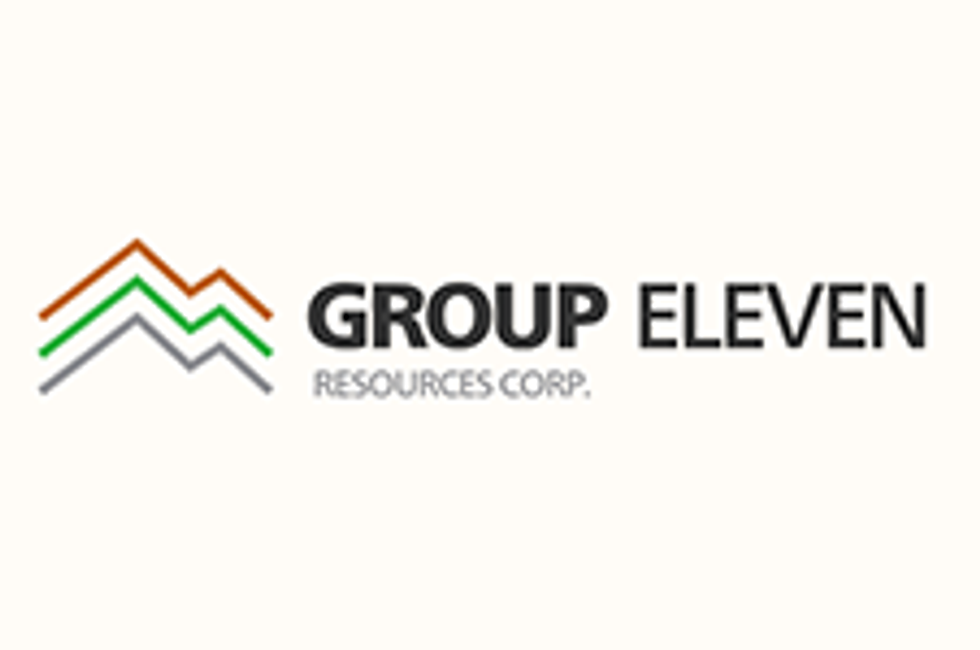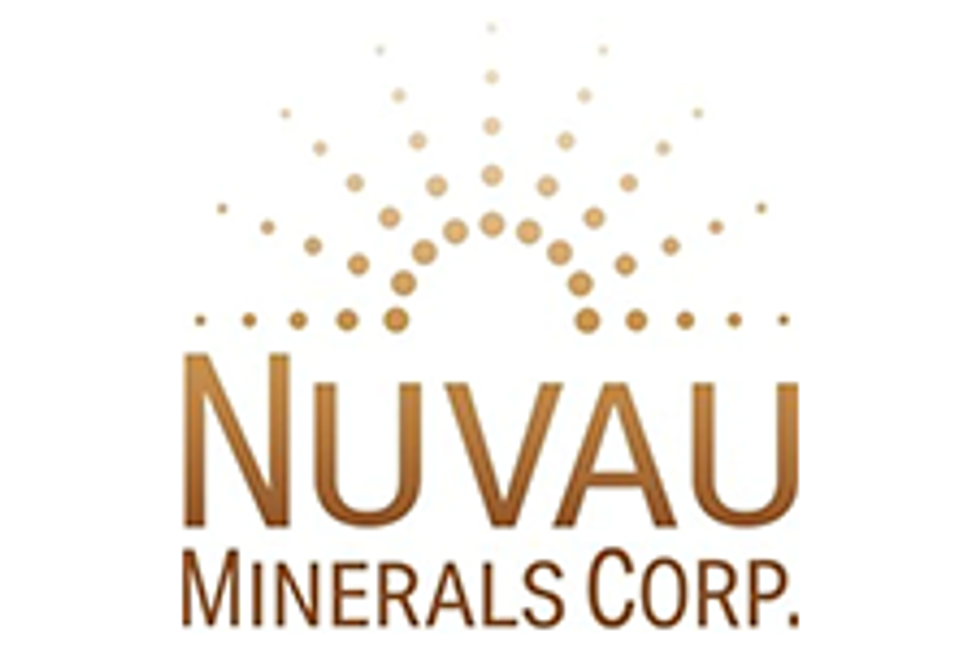
The Investing News Network recently had the chance to chat with Wayne Taylor, CEO of Heron Resources, a company that’s aiming to bring the past-producing Woodlawn project in New South Wales back online.
Gold isn’t the only metal that’s been on the rise in 2016. Zinc prices are up 48 percent year to date, trading over $1 per pound on Tuesday. That performance is leading many market watchers to once again call for a zinc price rally.
The Investing News Network recently had the chance to chat with Wayne Taylor, CEO of Heron Resources (TSX:HER,ASX:HRR), a company that’s aiming to bring the past-producing Woodlawn project back online. Located 50 kilometers northeast of Canberra in New South Wales, Australia, the mine was previously operated between 1978 and 1998. With a renewed mining lease and a feasibility for a small, starter mine in hand, Heron is looking to bring Woodlawn into production as soon as 2018.
Listen to the interview, or read the transcript below, to hear what Taylor had to say. The transcript has been edited for clarity and brevity.
Interview Transcript
INN: Heron holds the Woodlawn project, which was owned by other companies over the course of its lifetime. How did you end up with the project?
WT: The project had made a number of steps since closure, to look at reopening. However, the company that held it at the time was struggling to get investor interest. Heron, through other transactions, had acquired a substantial treasury, which meant being able to bring Heron and the previous owner together.
It really was a great match applying Heron’s treasury to advancing Woodlawn, which is what we’ve done in the last 18 months.
INN: And where’s the project at right now?
WT: On the 29th of June, we released the results of the feasibility study. Within a month of that, we put the final technical report on SEDAR. That’s available for people to have a look at. So, now that the feasibility study’s done, and we’re now advancing the process.
INN: As I understand, there’s about a $145 million Capex requirement to bring the project forward. How are you planning to fund that?
WT: Yes. The development capital is Australian, or almost equivalent to Canadian $145 million. We’re looking at a straight forward debt equity split, hopefully around 60 percent as a debt piece, and the rest covering off with equity.
INN: Is the project permitted?
WT: Yes. Quite a bit of work was done, prior to Heron getting involved with the project, to getting permitting done. So, we have state government approvals, and we also have a mining lease over the project that is valid for another 14 years, subject to getting renewed at the end of that period as well.
INN: Okay. The mine life is just under 10 years right now. What’s your plan for extending that?
WT: Yes. Our feasibility study considered what is effectively a starter case. So, we’ve generated sufficient reserves to fund or get funding support for the project, but we do see a lot of—I guess the expression is ‘low hanging fruit’— to expand the mine life through resource additions both underground, and there are some additional inferred resources within the tailings or treatment component. We can see the mine life extending on for, certainly, a substantial period beyond what was defined today.
INN: And what percentage of your revenues are coming from zinc?
WT: Around 48 percent of our revenue [would come] from zinc, and then we have copper, lead, silver, and gold making up the remaining components.
INN: Is it safe to say, you’re a believer in the zinc rally?
WT: Absolutely.
INN: I’m fairly new to the space but I have been hearing about zinc quite a bit lately, and I’ve heard this is not the first time there’s been talk of a zinc rally. Why is this time different?
WT: Yeah, look, I guess I’ve been tied to the zinc market now for some years. I was previously with Glencore (LSE:GLEN) prior to getting involved with this project, looking at zinc projects, wherever they happen to be. The fundamentals in that space have been coming to a point where, certainly supply was not going to meet consumption, and that’s where we sit today.
We are drawing on available stocks, global stocks. Those stocks will, or are projected to get, quite tight, and that provides us with a basis to see a significant increase in zinc price.
We’re starting to see a little bit of traction right now. We do expect to see that continue. The increase in the zinc price is the only thing that will provide a catalyst to see more production come online, and it needs to get to a point where it incentivizes new production. The general consensus on that view is that, it’s a price well above where we sit today.
INN: Any more specific ideas on where you think the price should sit?
WT: Well, I would hate to guess myself on where I think the zinc price might get to. But certainly, forecasters are projecting in the high $3,000’s or so, $3,600-$3,800, in the next couple of years, which will be very nice for those that have exposure to it.
INN: And the rising zinc price has been good for your share price, this year, too I think.
WT: That, and I think the work that was done.
INN: Of course. Sorry!
WT: No, look it has been—there is renewed interest in taking exposure to zinc. We see that’s it been mostly from the retail side, at this point in time. So, people are just starting to dip their toes into taking a position on it, an early position. That’s encouraging.
We see it as being one of the few commodities where, with the level of transparency, people should be able to get comfortable about the market fundamentals going forward.
INN: Right, interesting. Finally, how much of Heron does management own?
WT: Management holds about 13 to 14 percent of the company.
INN: Okay. Thank you so much for joining me, Wayne.
WT: Thank you very much for having me, again.
Don’t forget to follow us @INN_Resource for real-time news updates!
Securities Disclosure: I, Teresa Matich, hold no direct investment interest in any company mentioned in this article.

